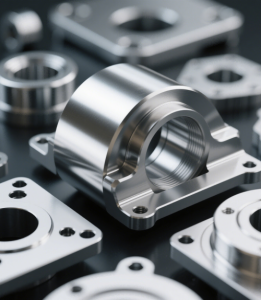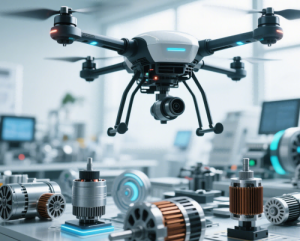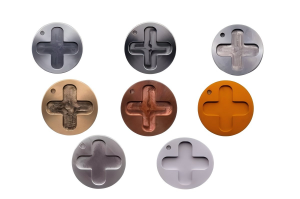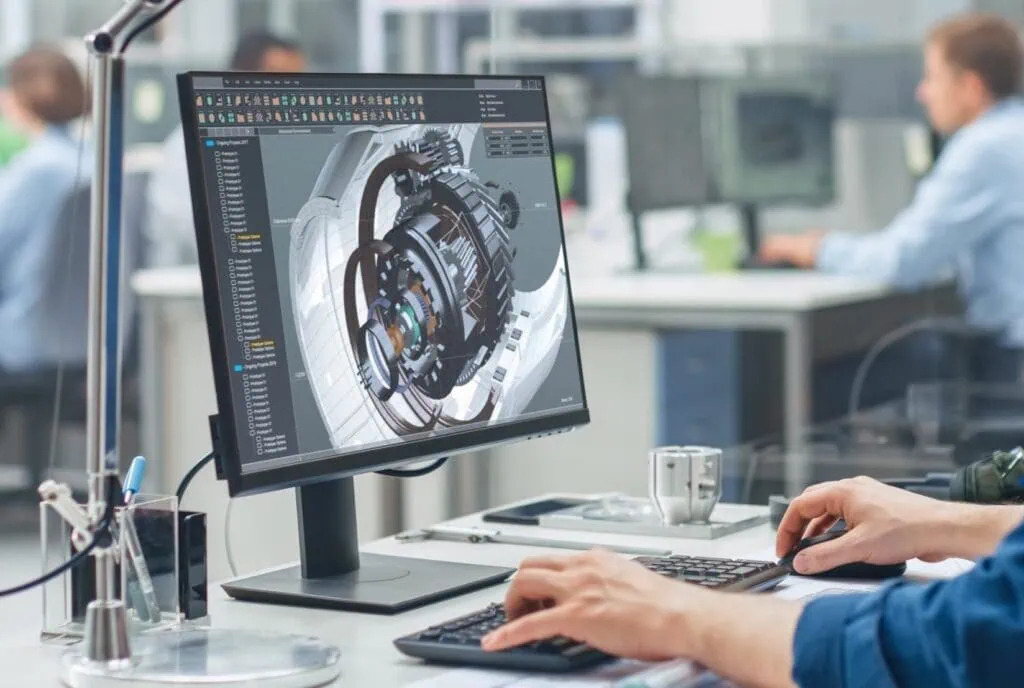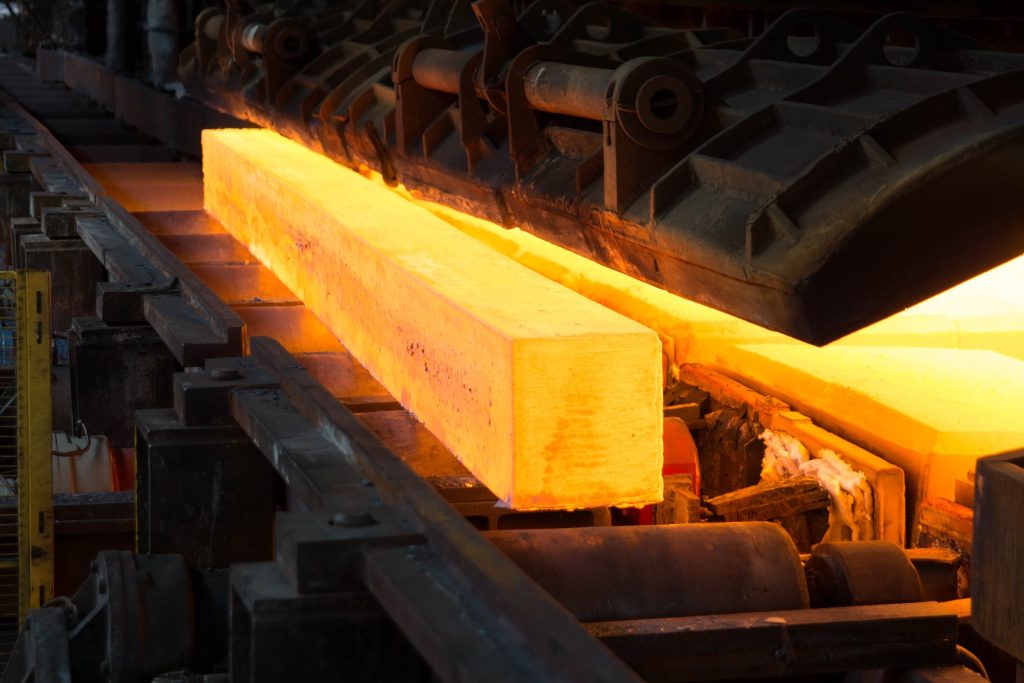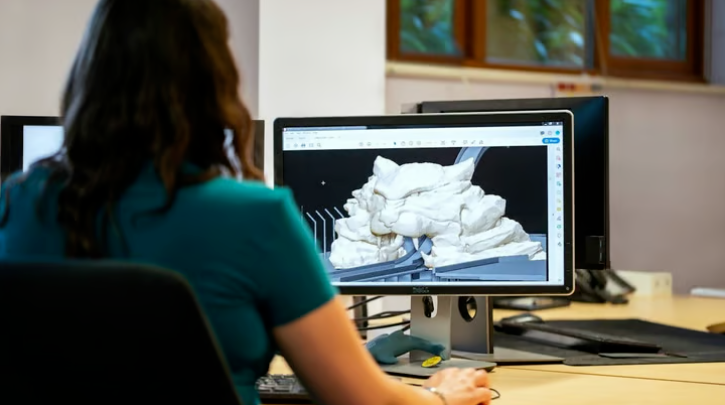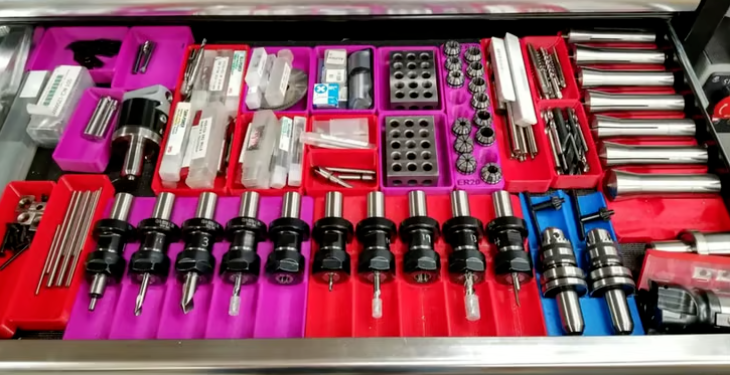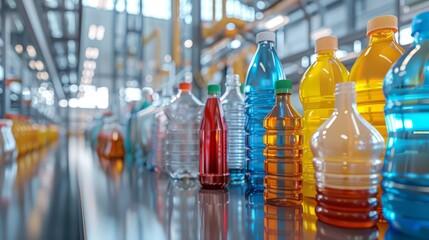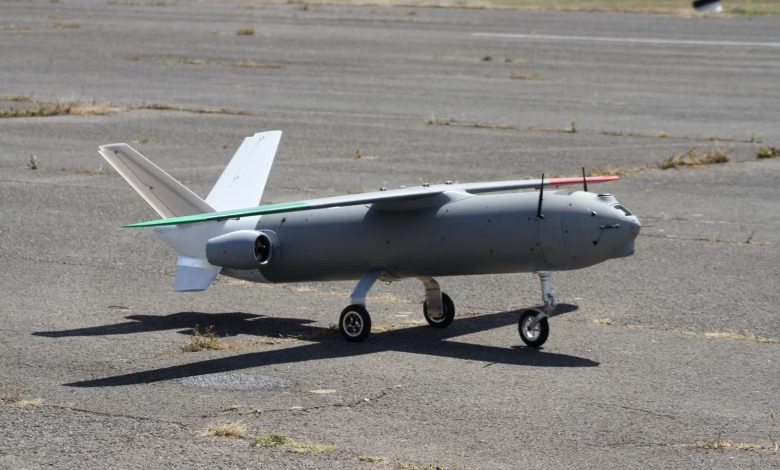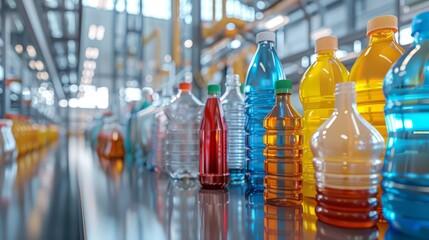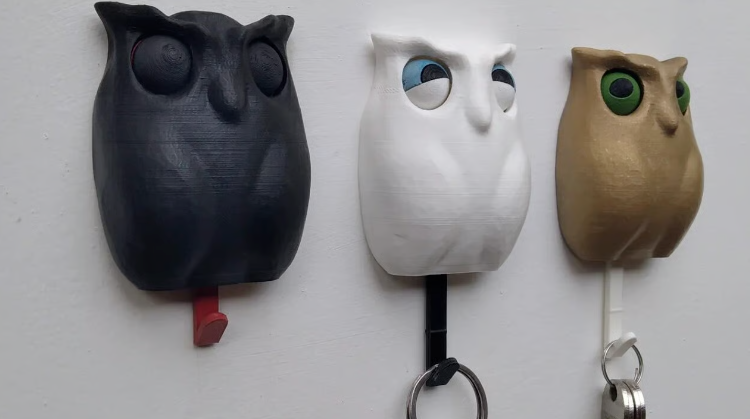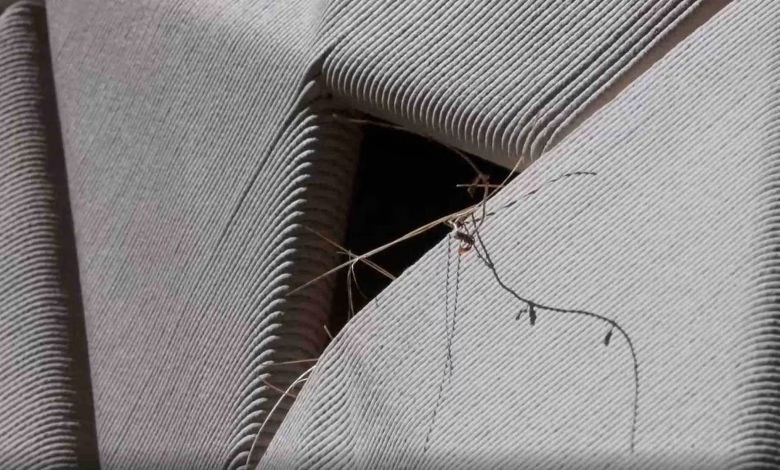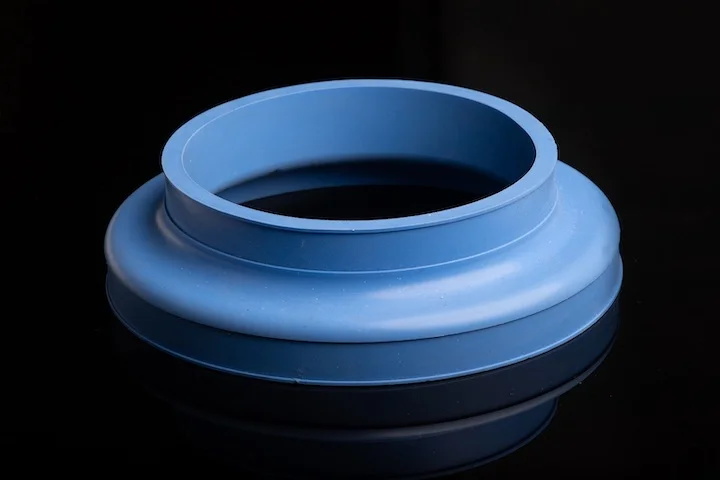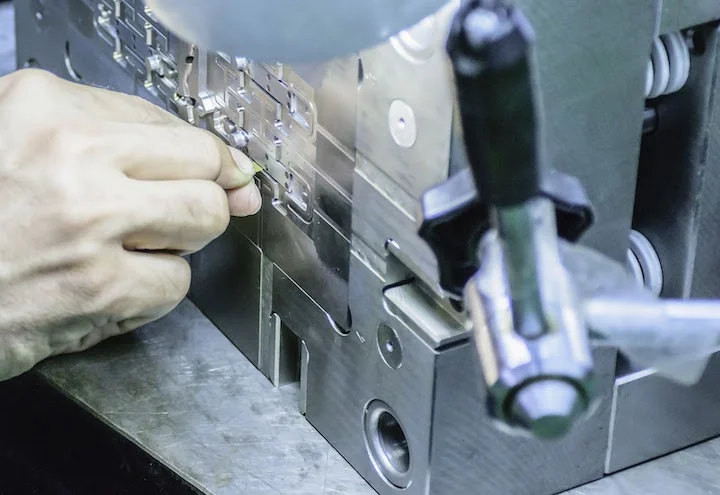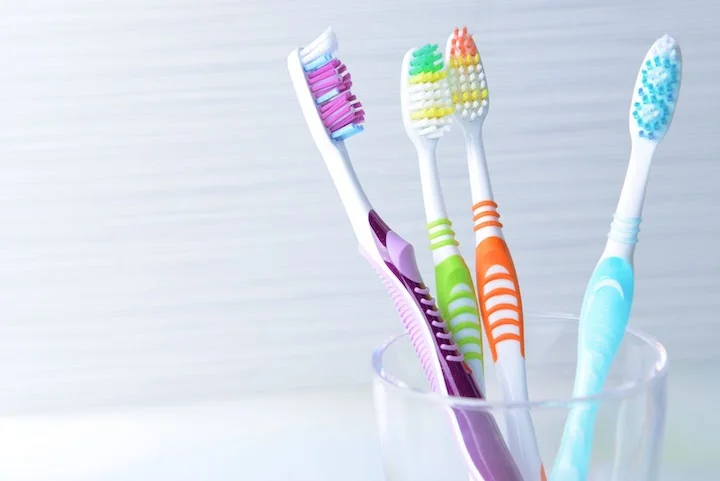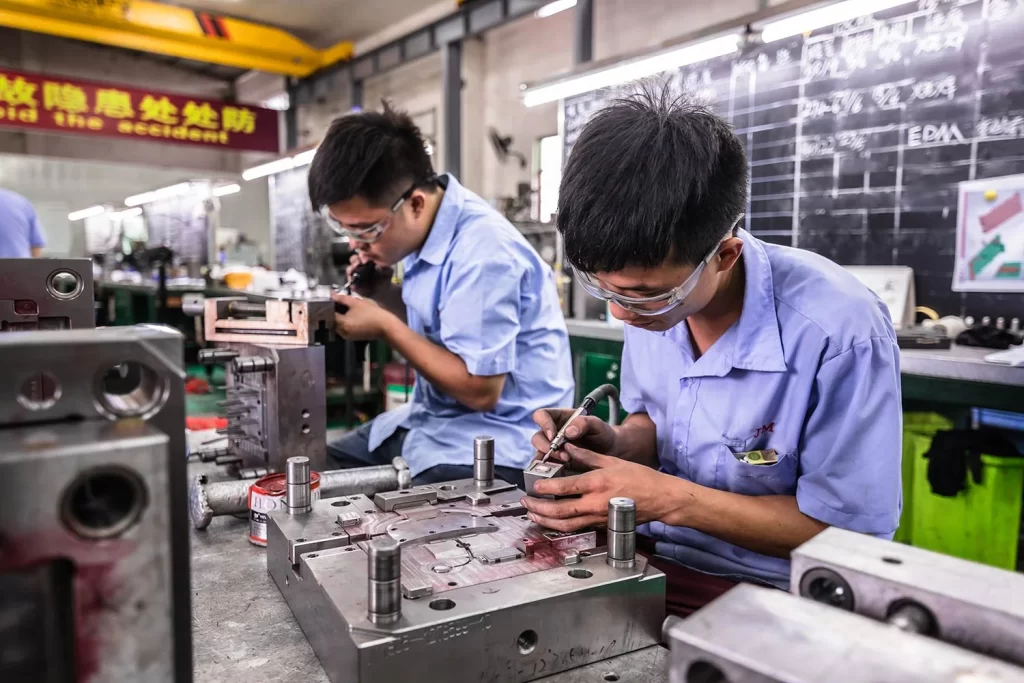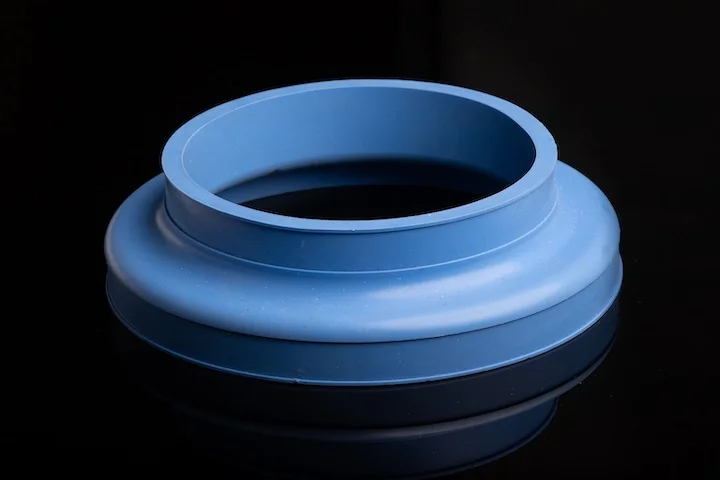Factors to Consider When Conducting Food Safety 3D Printing
Food safety means that an item meets the requirements for its intended use and does not pose any food safety risks. EU food regulations apply to all stages of production, processing, and distribution of food and feed. To prevent food contamination, EU Regulation EC 1935/2004 provides guidelines for materials and objects in contact with food.
Generally, three factors must be considered to ensure that 3D-printed components meet food safety requirements: component design, materials used, and post-processing methods.
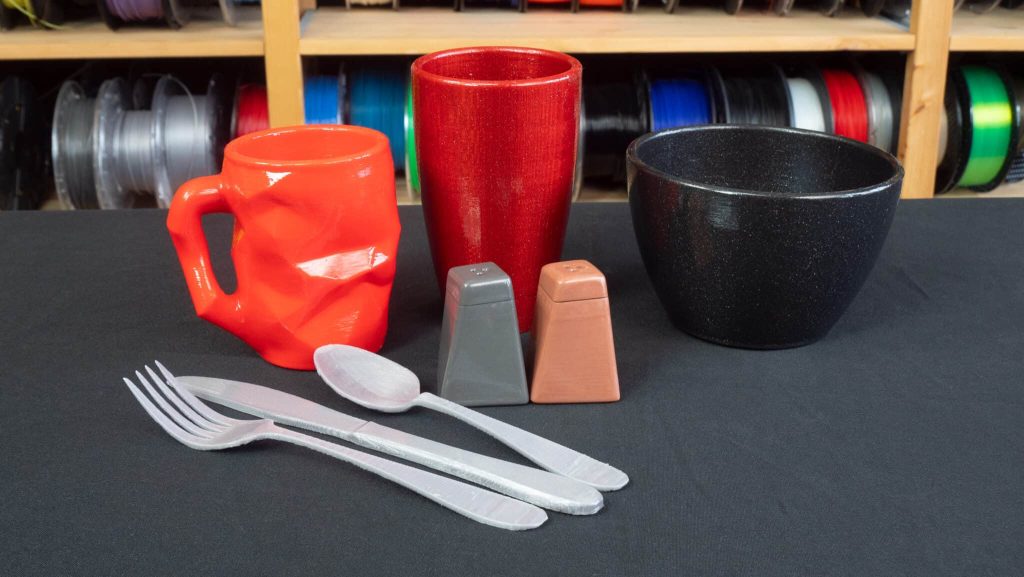
Food Safety Component Design
When designing product surfaces to ensure that components meet food safety requirements, the following must be considered:
- Grooves and cracks: Surface designs must completely eliminate grooves or cracks. If these features cannot be avoided due to functionality, these areas must be easily accessible during disassembly of the component or product to allow for proper cleaning.
- Rounded edges: Use larger radius corners wherever possible, and corners should be smooth rather than sharp.
- Durability: Component design should take into account the operating environment, intended application, and material properties to ensure that they can withstand the stresses and loads encountered during use.
Image: Food safety 3D printed container (Image source: PrusaPrinters Blog)
Food Safety 3D Printing Materials
Many food safety materials have been thoroughly tested and certified. Some materials, such as PETG and PP, are inherently recognized as food-safe materials. When selecting materials, their application must also be considered. For example, while PLA is a food-safe material, it melts when used in high-temperature applications such as tea cups or dishwashers.
When selecting food-safe 3D printing materials, the following characteristics should be considered:
- Non-absorbent: Post-processing, such as polishing or coating, is typically required to achieve a non-porous surface.
- Scratch-resistant / Scratch-proof: The selected material must possess scratch-resistant and wear-resistant properties.
- Color and odor-neutral and non-toxic: All food-grade materials must be inert to food. It is recommended to use natural fibers without added dyes, and all materials must always be referenced against their Material Safety Data Sheets (MSDS) before use.
- Disinfection: Disinfection can be an additional step to enhance the safety of food-safe materials. Disinfection can be achieved through various methods, such as heating, chemical treatment, radiation, high pressure, and filtration. However, not all materials are suitable for disinfection.
Five disinfection methods:
- Ethylene oxide gas (EtO)
- Hydrogen peroxide gas plasma
- Gamma radiation
- Autoclaving
- Rapid autoclaving
Food-safe materials suitable for 3D printing technology
| 3D Printing Technology | Materials | Applicable Disinfection Methods |
|---|---|---|
| SLS / MJF | Nylon PA 11 and Nylon PA 12 | Ethylene Oxide Gas, Gamma Radiation, Gas Plasma, Autoclaving |
| SLS / MJF | Polypropylene (PP) | Autoclaving |
| FDM | ABS M30 | Ethylene Oxide Gas, Gamma Radiation |
| FDM | PC – ISO | Ethylene Oxide Gas, Gamma Radiation |
| FDM | ULTEM 1010 / ULTEM 9085 | Ethylene Oxide Gas, Gamma Radiation, Autoclaving |
| FDM | PETG | Ethylene Oxide Gas |
| DMLS | Stainless Steel 17.4 and 316L | Ethylene Oxide Gas, Gamma Radiation, Gas Plasma, Autoclaving |
| SLA | True Silicone Resin | Radiation, Ethylene Oxide Gas, Autoclaving |
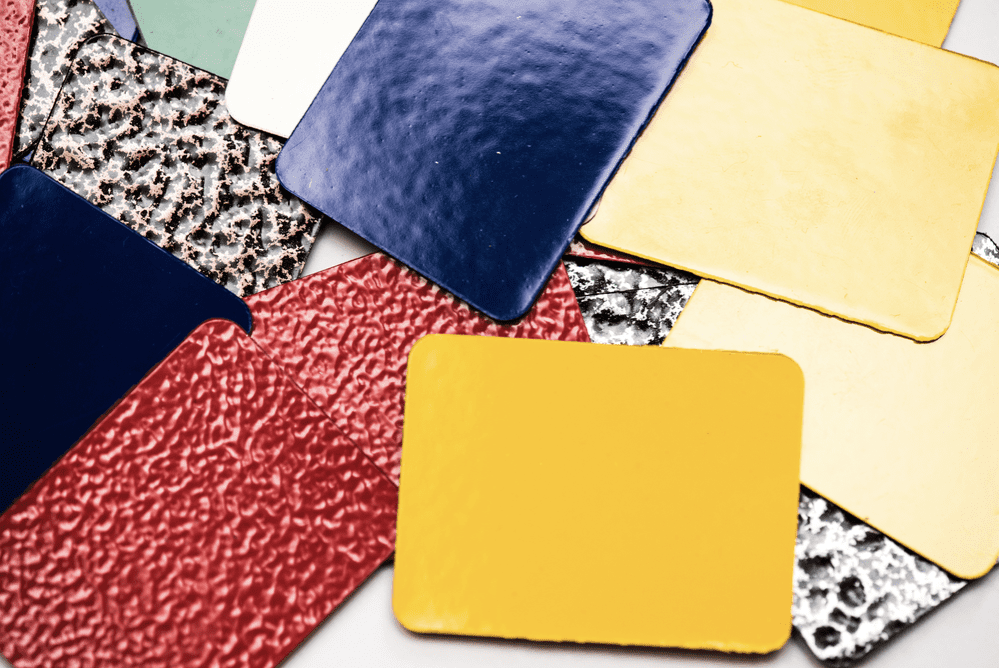
Food safety 3D printing process
Different 3D printing technologies are suitable for different materials, such as plastics, flexible materials, or metals. The 3D printing process involves selecting both the technology and the printing material, and both must be considered before choosing the appropriate 3D printing process.
3D Printing Technologies
- Resin photopolymerization (SLA): Among all 3D printing technologies, SLA produces components with higher resolution, greater precision, and smoother surfaces. SLA uses resin materials, which are not inherently food-safe. Coatings can be applied to seal components and prevent bacterial growth. However, these coatings may wear off over time. SLA printing can use ceramic materials, which are considered one of the materials more suitable for food contact.
- Fused Deposition Modeling (FDM): The characteristic of this printing method is that very narrow gaps are left between layers. However, this printing technology typically cannot produce smooth surfaces. For long-term food safety considerations, the surfaces of components manufactured using this technology must remain smooth and can be coated with a food-safe coating afterward.
- SLS and MJF Printing: Food-grade nylon polyamide 12 can be used to print high-quality parts. However, it is strongly recommended to use food-grade coatings to avoid porosity issues in the parts.
3D Printing Materials
Unsafe 3D printing materials, i.e., the materials used to manufacture the printer itself, may contaminate parts even when using certified food-safe materials. Therefore, it is crucial to ensure that all printer components directly involved in the printing process are certified for food safety.
For example, in fused deposition modeling (FDM) printers using thermoplastic materials, brass nozzles may contain lead, which can contaminate printed parts. Replacing these nozzles with stainless steel nozzles can make the printing process safer. Therefore, a comprehensive assessment of the printer’s materials must be conducted to ensure they meet food safety standards before using them to print any parts.
Food Safety Post-Processing Methods
Many 3D-printed parts require post-processing before they can be considered food-safe. Post-processing and coating can be applied to 3D-printed parts to achieve a smooth surface free of cracks or pores.
Post-Processing
Post-processing involves methods aimed at creating smooth, flat surfaces or even curved surfaces. There are various post-processing methods available, which can be mechanical or chemical. The following methods can be used for post-processing:
- Tumble polishing: For parts containing a high proportion of metal powder mixtures, tumble polishing is an effective polishing method. Just one hour of polishing can significantly improve the smoothness of metal printed parts. Extending the polishing time can yield better results.
- Steam polishing: This method is fast and effective. The type of steam used depends on the material of the printed part. This process can be easily automated. However, in some cases, it may reduce the strength of the printed part.
- Sanding: This is one of the simpler methods for achieving a smooth finish. Sandpaper can be used to remove most defects and hide layer lines. Since sanding relies on friction, the heat generated may cause parts to deform, so wet sanding is more ideal.
- Machining: This method is more common in metal processing than in plastic processing. However, for thin-walled parts, this method is typically neither economical nor practical.
Coating
The use of coatings is an effective method for achieving a smooth surface. Coatings can also act as sealants to prevent materials that do not meet food safety requirements from being exposed, such as the resin used in resin stereolithography (SLA) printing. Commonly used coatings include epoxy resin. Since coatings increase the thickness of the part, this should be considered during the design process.
Conclusion
3D printing in the food industry can reduce the costs and time required to bring products to market. However, food safety of product components is of utmost importance. While most 3D printers cannot directly produce smooth surfaces, post-processing techniques can significantly improve component smoothness. Coating components is not only a better method for achieving smooth surfaces but also an effective way to ensure a seal between components and food.
Service Information: Debaolong Seiko offers fast, reliable, and high-precision online 3D printing services covering various technologies and materials. Through our real-time quoting engine and network of over 10,000 manufacturers, we ensure you experience a seamless component production process from quoting to doorstep delivery.

